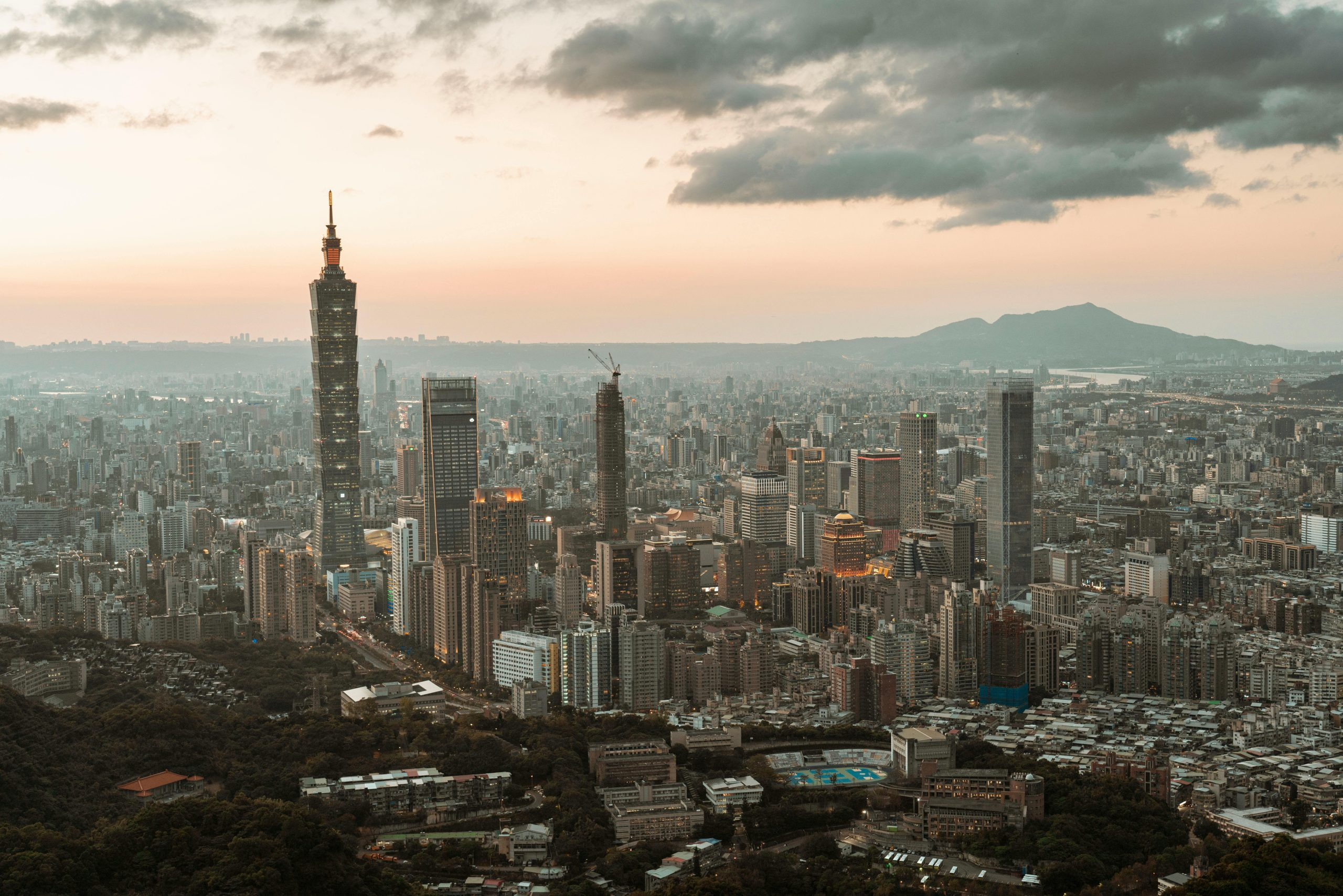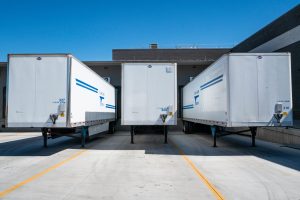Floating Cities: Seasteading and the Next Frontier in Urban Development
Urban development has always been a constant pursuit of humanity, leading to the evolution of cities and their infrastructure. However, with the rapid increase in population and the looming threat of climate change, traditional urban development may not be sustainable in the long run. As a result, innovative solutions such as floating cities have emerged, offering a potential solution to this pressing issue. Seasteading, the concept of creating permanent dwellings on water bodies, has gained traction in recent years as the next frontier in urban development. In this article, we will delve into the world of floating cities and their potential to revolutionize urban living.
The Origins of Seasteading
The idea of seasteading first originated in the 1960s with the writings of British architect, Frank Lloyd Wright. He envisioned a world where humanity would inhabit mobile cities on the ocean, freeing themselves from the constraints of traditional land-based societies. However, it wasn’t until the 20th century that the concept gained practicality with the advent of new technologies and materials.
The Concept of Floating Cities
Floating cities, also known as seasteads, are self-sufficient communities built on large bodies of water such as oceans, lakes, or rivers. These structures are designed to be completely independent, with their own energy, waste management systems, and food production. They are also capable of withstanding harsh weather conditions, making them suitable for both stable and turbulent waters.
The Benefits of Seasteading
Solutions to Overpopulation and Rising Sea Levels
Overpopulation has been a significant issue for cities, leading to overcrowding, strain on resources, and increased pollution levels. Seasteading offers a solution by providing more living space and easing the burden on land-based communities. In addition, as sea levels continue to rise due to climate change, floating cities provide a viable solution for those living in coastal areas at risk of submergence.
Environmental Sustainability
Floating cities have the potential to be more environmentally sustainable compared to traditional urban settlements. Since these structures are self-sufficient, they reduce the strain on the surrounding environment by not relying on external resources. Additionally, seasteading also encourages the use of eco-friendly technologies such as solar power, wind power, and ocean thermal energy conversion to meet their energy needs.
Economic Opportunities
Seasteads offer a blank canvas for entrepreneurs to create new businesses and industries. The lack of government regulation and the ability to experiment with new ideas and technologies make floating cities a hotbed for innovation. In addition, the fishing industry and aquaculture could thrive in these communities, providing economic opportunities for the residents.
The Challenges of Seasteading
Legal and Political Hurdles
One of the main challenges facing the development of seasteads is the lack of legal recognition and political support. Currently, there are no laws or regulations in place specifically for floating cities, making it challenging to obtain permits and approvals. Moreover, seasteads’ unique status as sovereign nations poses questions about their relation to existing laws and international waters.
High Costs
The construction and maintenance of seasteads are extremely costly, making it a challenging task for individuals or small groups to undertake. The initial investment for a basic seastead can range from a few hundred thousand dollars to several million, depending on the size and complexity of the project. The high cost also makes it difficult for developing countries to adopt this form of urban development.
Technical Limitations
As with any new technology, there are limitations and challenges that need to be overcome. The construction of seasteads requires specialized expertise and materials to withstand harsh weather conditions, which may not be readily available. In addition, the lack of land also limits the installation of larger wind turbines or solar panels, making it challenging to meet the energy demands of a growing community.
The Future of Floating Cities
Despite the challenges, the concept of seasteading continues to gain traction, with several projects in various stages of development. One notable example is the Seasteading Institute, which aims to create a network of autonomous seasteads in the Pacific Ocean.
Floating cities offer a promising alternative to traditional urban development, providing sustainable, innovative, and economically thriving solutions to the challenges faced by growing populations. However, it will require cooperation between governments, innovators, and investors to turn this concept into a reality. Only time will tell if floating cities will indeed be the next frontier in urban development or remain a utopian dream.











